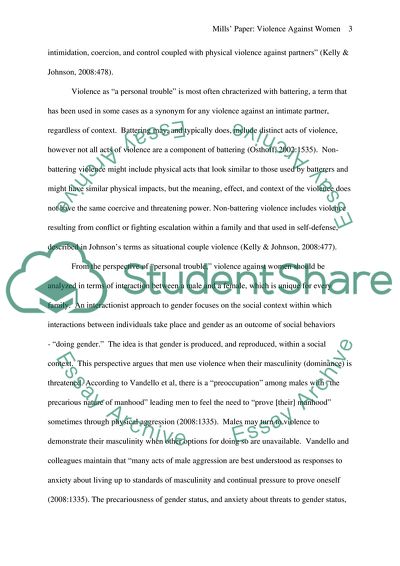Cite this document
(Violence against Women Case Study Example | Topics and Well Written Essays - 2500 words, n.d.)
Violence against Women Case Study Example | Topics and Well Written Essays - 2500 words. Retrieved from https://studentshare.org/law/1563526-mills-paper-sociology
Violence against Women Case Study Example | Topics and Well Written Essays - 2500 words. Retrieved from https://studentshare.org/law/1563526-mills-paper-sociology
(Violence Against Women Case Study Example | Topics and Well Written Essays - 2500 Words)
Violence Against Women Case Study Example | Topics and Well Written Essays - 2500 Words. https://studentshare.org/law/1563526-mills-paper-sociology.
Violence Against Women Case Study Example | Topics and Well Written Essays - 2500 Words. https://studentshare.org/law/1563526-mills-paper-sociology.
“Violence Against Women Case Study Example | Topics and Well Written Essays - 2500 Words”. https://studentshare.org/law/1563526-mills-paper-sociology.


